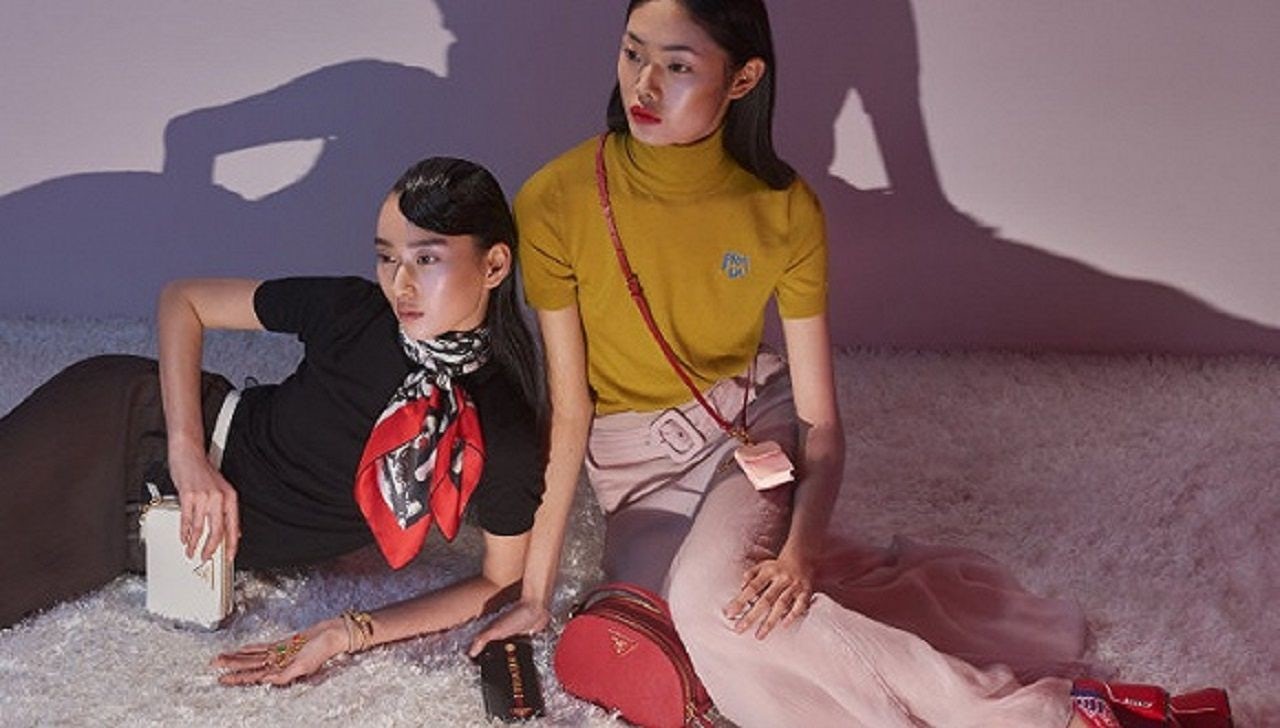The way fashion is consumed has changed significantly over the last decade. A new era opened when social media gave customers and fans a voice, and brands were completely unprepared for it. Previously, these brands were the market influencers, and their power wasn’t challenged. But with the emergence of the China market, which has its own specific rules and an even more democratic social media approach, fashion brands need new marketing approaches to meet the needs of this new, hard-to-please target audience.
“Engagement” is key in China. For a luxury brand to get Chinese consumers deeply involved — so much so that they feel they can’t live without its products — it will need a 3-step process called Culture Marketing. This new approach is based on (1) Understanding, (2) Planning, and (3) Exchanging, and it requires an approach that’s different from the one-way exchanges of the past where brands impose a monolithic vision on their target audiences. This process can be easily applied to any market, but it’s especially helpful in the China market where the demand for customer service is high and opinions spread quickly via Chinese social media.
“Understanding” means brands should use market analysis to gather a deeper knowledge of various customers in today’s fast-changing environment. Successful brands will have their headquarters collaborate with local offices so that their brand identity can be flawlessly communicated through the tools and content that’s best for Chinese customers. This step is crucial, and it relies on the intelligence team being flexible enough to work closely with both specialized consulting firms and their own local branches — the more knowledge that’s obtained, the higher the chance of successful business growth. Gucci is a good example of a company that aced this step and has had great success in China since it re-launched there.
Gucci intelligence focused on the China market as a priority, using several Bain & Co. marketing studies and forecasts for inspiration. Their positioning was clear from the beginning and was a clever blend of their new creative director’s vision and the feedback they received from their target market. Their new approach in China was put into place by the new establishment as early as 2015 when they embraced the China market with their #GucciGram social media project, which took advantage of “consumer familiarity” by featuring a Gucci Tian print with a floral motif that was inspired by 18th-century Chinese landscape painting. They also made smart marketing decisions like sponsoring Art Basel’s Hong Kong fair.
The second step, or the “planning” phase, happens when brand executives start to develop a strategic plan that combines brand DNA, product innovations, and the previous step (intelligence reports) to create specific actions for each market. It’s a necessary and tailor-made effort that involves every level of the company. To see this step enacted properly, one only has to look at the Dior’s Chinese New Year WeChat campaign featuring three iconic bags: the Saddle, the Book Tote, and the Lady Dior in Toile de Jouy. Each red-and-white limited-edition bag was made for the China market only, exuding respect for Chinese heritage while simultaneously relying on the French fashion house’s DNA of quality and elegance.
Brands gathering a deep knowledge of the market tend to create digital activities that are consistent with their own DNA while also finding appreciation from Chinese customers. Dior’s action, the Dior Beauty live stream of their “see now, buy now event” in Chengdu via a WeChat mini-program, was an extremely popular campaign for many reasons. In an hour-long WeChat livestream that took place last November, Dior Beauty creative director Peter Philips ran a series of makeup tips and tutorials involving over 300 influencers and reaching more than 3 million visitors. They were also able to gather interesting data from the event, which had a composition that was 60 percent women, 38 percent millennials, and 20 percent Gen Zers — all relevant targets.
Last, but not least, is the “exchanging” stage. This is when feedback from followers and customers is not just respected but integrated into a follow-up strategy. Take the Dior Saddle bag relaunch in China, for instance. Last July, fashion followers criticized the bad quality of a Dior video contribution from blogger Elle Lee that was part of a larger influencer collaboration created on the occasion of the event. But the brand quickly learned their lesson and came back a few months later with a very interesting CNY project that was much more in tune with Chinese customers’ taste and expectations. Today, marketing across cultures demands a two-way exchange. That means a relationship where brands communicate with the customers as well as the other way around. This provides a clear vision on how to interact on a deeper, more emotional level with relevant customers.
Cultural marketing is the biggest key to success for brands in China today — it’s more important than the product, the distribution, or state-of-the-art technologies like AI. It focuses on the deep knowledge of the market habits and tastes in a different country. Chinese customers are undoubtedly more demanding, more sensitive, and less keen on passively accepting a top-down institutional approach than other targets in the past, but their hearts can be won on their terms.
Despite a long presence in Asia, some amazing brands with a great heritage like Tod’s, for example, are still too oriented around their own history/heritage and communicate one-way, so they’re unable to set up flexible marketing strategies that will win over Chinese customers with effective and impactful messages. They simply do rational presentations of their own assets like the brand’s “Ciao by Tod’s” advertising campaign is a good example. It’s a campaign that perfectly focuses on how Tod’s is an Italian leather goods brand features leather clothes and accessories, and uses the Italian word “ciao.” As a brand showcase, it’s not engaging to Chinese consumers because there is no sign of a two-way conversation, no engagement with the customer’s unique circumstances, and no effort to try and speak the customers’ language.
The times when a "Made in Italy/France” label necessarily equated with craftsmanship, heritage, lifestyle, and refinement no longer exists. Chinese customers want to be a meaningful part of a brand’s journey, and they don’t appreciate being treated like faceless “targets.” Their passion and their involvement can contribute to a brand’s evolution, or it can ruin that brand.


